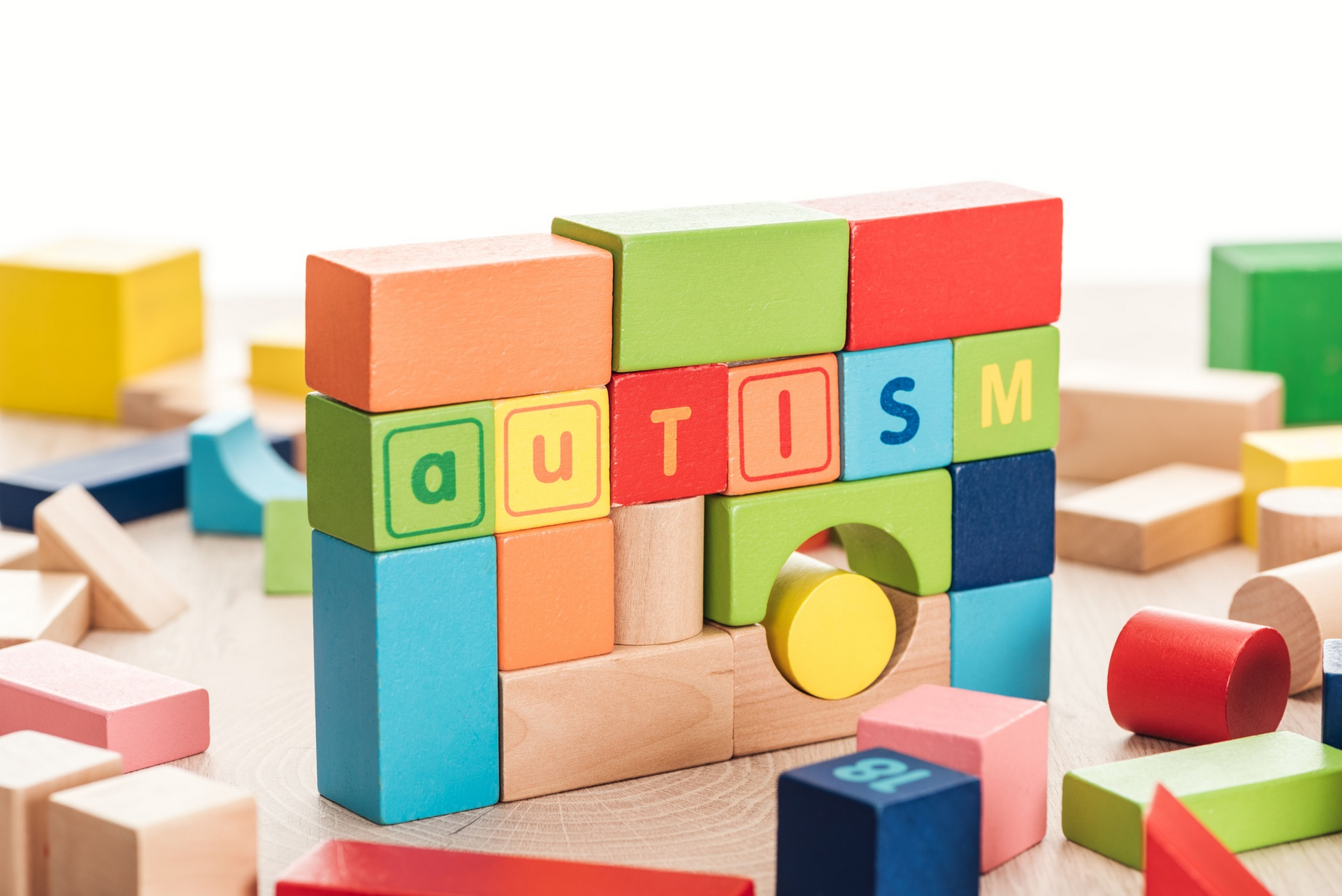By Applied Behavioral Appraoches
•
April 23, 2025
Last week, on April 17, 2025, the CDC released new data showing that the number of children with autism in the United States has increased by 3.2% to 1 in 31 children. The study classified a child as having autism if they had previously been diagnosed during a developmental evaluation, were eligible for special education due to an autism diagnosis, or had an autism diagnosis under the 9 th or 10 th revisions of the International Classification of Diseases (ICD). The data, presented in the CDC’s Morbidity and Mortality Weekly Report, is derived from information gathered on 8-year-olds across 16 communities in 2022 via the CDC’s Autism and Developmental Disabilities Monitoring (ADDM) network. These findings indicate growth from the CDC's 2023 estimate of 1 in 36 and a significant increase from the 1 in 150 reported in the year 2000 [2]. Other Key Findings Prevalence : Overall prevalence among 4-year-olds was 29.3 per 1,000 children (approximately 1 in 34) and 32.2 per 1,000 children (approximately 1 in 31) among 8-year-olds. An additional 2.6 per 1,000 4-year-olds were classified as having suspected ASD, indicating the need for further evaluation and monitoring [2]. ASD prevalence was 3.4 times higher in boys (49.2 per 1,000) than in girls (14.3 per 1,000) [2]. Rates varied by race and ethnicity, with higher rates observed in Asian or Pacific Islander (A/PI) (38.2), American Indian or Alaska Native (AI/AN) (37.5), Black (37.2 per 1,000), Hispanic (33.4 per 1,000), and multiracial children (31.9) compared to White children (29.7 per 1,000) [2]. There was no link found between the prevalence of ASD and the median household income in neighborhoods across 11 locations; however, in the remaining 5 locations in the 16 communities cited in the study, a higher prevalence of ASD was linked to lower neighborhood income levels [2]. Co-occurring Conditions : Among the 8,613 children aged 8 years identified with ASD, 61.4% had available data on cognitive ability. Of these, 39.6% were classified as having co-occurring intellectual disability (ID) [2]. Prevalence of ID among children with ASD varied by race and ethnicity with the number highest among Black children (52.8%), followed by American Indian or Alaska Native (AI/AN) (50.0%), Asian or Pacific Islander (A/PI) (43.9%), Hispanic (38.8%), White (32.7%), and lowest among multiracial children (31.2%) [2]. Diagnosis : The report assessed three primary sources of ASD documentation: 1) an ASD diagnostic statement in a comprehensive developmental evaluation (68.4%), 2) autism special education eligibility (67.3%), or 3) medical coding (i.e., ICD-9 or ICD-10) (68.9%). Only 34.6% of children had all three forms of documentation [2]. The median age of the earliest known ASD diagnosis was 47 months (approximately 3 years and 11 months), with 72% having had a first evaluation by age 36 months (i.e., 3-years-old), and nearly 50% with median age at first evaluation of 30 months (2.5 years-old) [2]. This median age varied by location, from 36 months in California to 69.5 months in Laredo, Texas [2]. Why the increase? According to the CDC's report, the prevalence of ASD has increased largely because of various interconnected reasons. Enhanced Screening and Diagnostic Practices. The development of standardized screening procedures and enhanced training for healthcare professionals has made it easier to identify ASD earlier and more accurately [2]. Broadened Diagnostic Criteria . The expansion of diagnostic criteria with the DSM-5 in 2013 has included a broader range of autism presentations, reflecting varying levels of symptom severity [2]. Increased Public Awareness and Reduced Stigma . Through public health initiatives and advocacy, awareness of ASD has significantly increased, allowing parents, educators, and healthcare professionals to recognize symptoms more readily. This heightened awareness has contributed to a reduction in stigma and has encouraged more families to pursue evaluations and diagnoses for their children [2]. Improved Access to Services in Underserved Communities . Efforts to improve access to healthcare have led to an increase in ASD diagnoses among historically neglected populations, including Black, Hispanic, and Asian/Pacific Islander communities. This trend reflects advancements in equitable healthcare practices and the success of dedicated outreach programs [1]. Environmental and Genetic Factors . While the report does not establish causation, it acknowledges that environmental exposures and genetic predispositions may contribute to the development of ASD. Variations in environmental factors, such as exposure to pollutants or differences in parental age, could influence the prevalence of ASD in different communities. However, further research is needed to understand the extent of these influences. Why the variations across communities? Differences in Diagnostic Practices and Service Availability . The way communities carry out screening and diagnostic procedures can cause differences in prevalence rates. For instance, regions with extensive screening programs or better access to specialized medical professionals are likely to identify more ASD cases. In contrast, areas with limited resources or less effective screening may show lower case numbers. Such variations in healthcare capabilities and methodologies contribute to the differences in ASD prevalence among communities [1]. Socioeconomic and Cultural Factors . Communities with more financial resources often have improved access to healthcare and a better understanding of ASD, which can result in higher reported cases. Cultural influences, such as stigma or varying beliefs about developmental milestones, can also play a role in the frequency of diagnoses and reports [1]. Differences in Data Collection and Reporting . Different communities may use various methods and levels of detail in their data collection, which can influence the reported rates of prevalence. Some areas might have stronger systems for monitoring and documenting ASD cases, whereas others might not have comprehensive data collection practices. These differences can lead to either underreporting or overreporting of ASD prevalence in specific regions [1]. Implications In conclusion, the growth in ASD diagnoses is primarily a result of advancements in detection methods, wider diagnostic guidelines, and heightened awareness among both the public and professionals, instead of a real surge in autism rates. However, it cannot be ignored that disparities in diagnosis persist and may reflect differences in access to diagnostic services, socioeconomic and cultural factors, and other systemic factors including healthcare infrastructure, data collection practices, and potential environmental and genetic influences. Therefore, the findings from the CDC’s Morbidity and Mortality Weekly Report highlight the importance of early identification and intervention for all children with ASD. The increasing prevalence underscores the need for continued surveillance and resources to support affected children and their families, particularly among historically underserved populations. For a comprehensive understanding, you can access the CDC’s full report here . References : Autism Speaks. (2025, April 15). Autism prevalence rises to 1 in 31 children in the U.S. Autism Speaks. https://www.autismspeaks.org/science-news/why-autism-increasing Maenner, M. J., Shaw, K. A., Bakian, A. V., Bilder, D. A., Durkin, M. S., Esler, A., Furnier, S. M., Hall-Lande, J., Hudson, A., Hughes, M. M., Kiely, B., Kurzius-Spencer, M., Lee, L.-C., Lohr, W. D., Lopez, M., Nevison, C., Salinas, A., Vehorn, A., Warren, Z., ... Dietz, P. M. (2025). Prevalence and early identification of autism spectrum disorder among children aged 4 and 8 years — Autism and Developmental Disabilities Monitoring Network, 16 sites, United States, 2022. Morbidity and Mortality Weekly Report. Surveillance Summaries, 74(2), 1–28. https://www.cdc.gov/mmwr/volumes/74/ss/pdfs/ss7402a1-H.pdf









